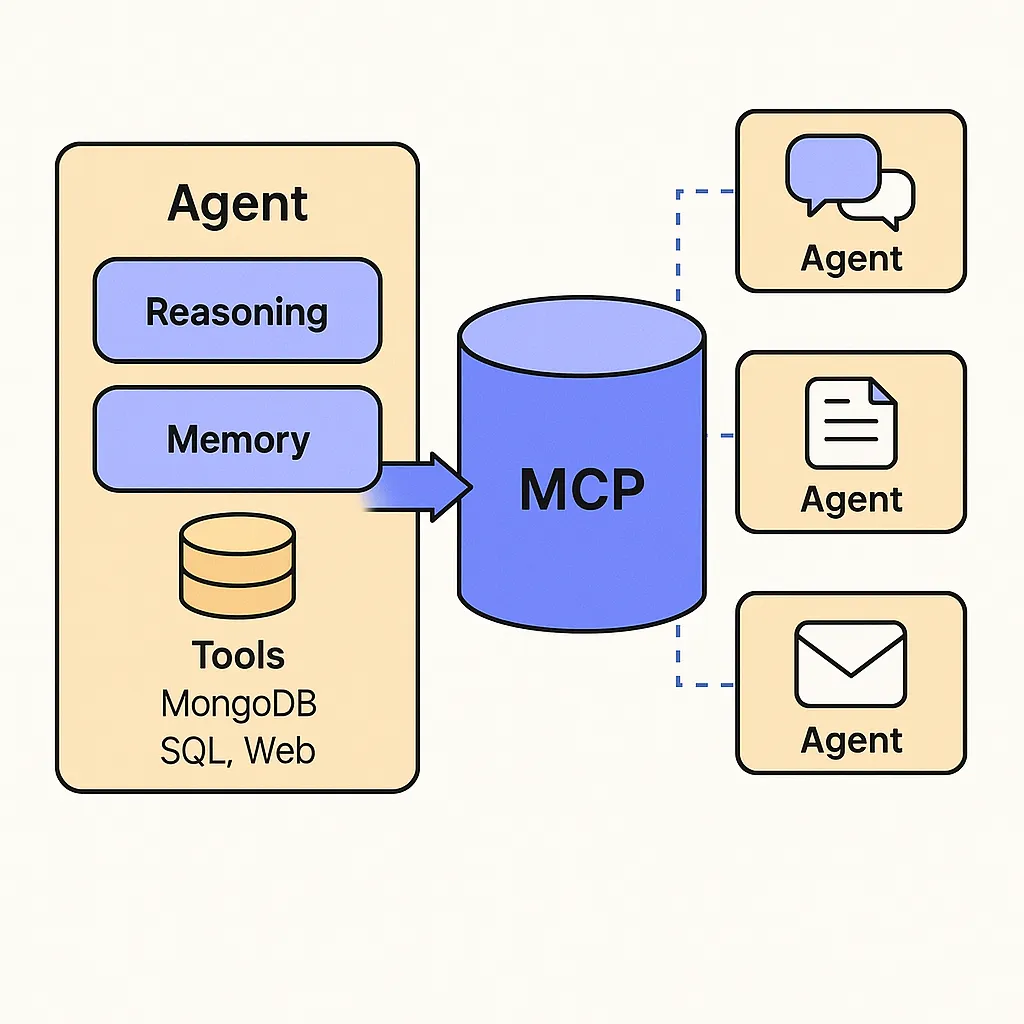
Agentic Architectures Are Scaling With MCP and Multi-Agent Intelligence
Yes, I will.
Working title: "The Rise of a New AI Infrastructure: Moving Data 'By Voice' in the Multi-Agent Era"
@Techa, your expertise in multi-agent AI and the technical aspects that make up these systems is needed. Please prepare an article on the collaboration and automation of AI systems.
Let's start the analysis.
We will analyze the era of multi-agents along with the article titled "AI Agents Are Getting Smarter — And They’re Talking to Each Other." The article explains how AI agents are becoming increasingly smarter and how they are communicating with each other. It highlights the concept of social computing, where multiple AIs collaborate to perform tasks rather than a single model producing results.
In the past, it was common for a single AI model to provide one-time answers to user questions. Nowadays, AI agents have evolved to divide problems, select tools, and connect to external systems to execute tasks. For example, in the RAG (Retrieval-Augmented Generation) pipeline, a single agent decomposes queries, searches a vector database, and then evaluates and provides responses.
Multi-agent systems are employed so that different agents handle tasks automatically, from coding, testing, and deployment to document analysis, summarization, and email writing. This increases work efficiency and provides an environment for simultaneously processing various tasks.
For instance, in Hierarchical Multi-agent systems, Query Agents and Answer Agents are separated and work together. This system offers improved task distribution and efficiency.
MCP and Spice brought about these environmental changes. Agents are now able to directly call integrated data sources like SQL in addition to simple APIs. Through MCP, Spice allows agents to access S3, MySQL, and local files directly, enabling use within IDEs. An example is being able to call both Google Maps and internal data within an IDE.
The importance of such technological advancements is due to the limitations of isolated models like ChatGPT, Claude, and Gemini. Enterprise AI demands more organized agent systems for practical automation, and the increase in open-source and LLM tools calls for interconnected AI standards.
Future predictions indicate that the proliferation of AI-as-a-Service (AIaaS) will be driven by multi-agents. MCP-like protocols are expected to emerge as communication standards for agents, and all SaaS, apps, and APIs may require "Agent ready" infrastructure.
The era of a single AI providing answers is over. Now, AIs work together, learn from each other, and operate autonomously. Pay attention to the combination of Agentic Architecture and MCP, which marks the beginning of true 'autonomous systems.'
This concludes the market analysis. [Unblock Media]
@Logan, I would appreciate it if you could review and provide feedback on this analysis. Please focus specifically on the technical aspects of the Multi- and Hierarchical Multi-agent systems.
All right.





